Were the first musicians Neanderthals?
A left femur diaphysis, resembling a bone flute, was discovered in 1995 in the Palaeolithic cave site of Divje babe in Slovenia. The discovery led to two possible explanations: an artefact or a pseudo-artefact. The main surprise was its attribution to Mousterian culture, i.e., Neanderthals, indicating the existence of musical behavior long before the spread of modern humans across Europe. The discovery has sparked debates about Neanderthals' spiritual life and the concept of music in their culture.
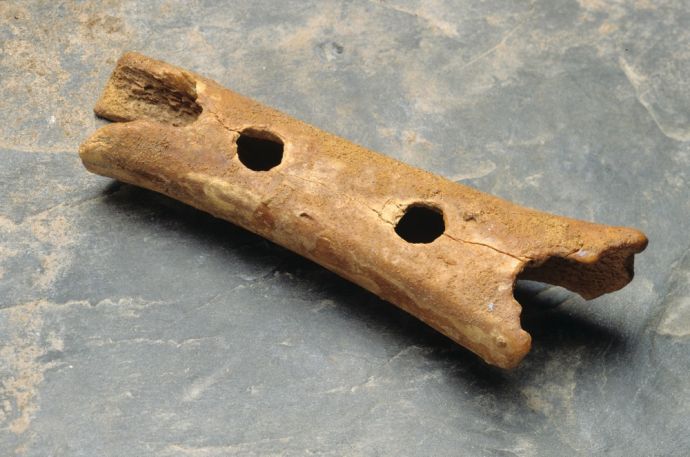
60,000 year old flute
The discovery of a brown bear femur diaphysis in Slovenia has been a topic of debate among archaeologists and scientists. Some argue it is a pseudo-artefact, while others believe it has carnivore origin. Despite these arguments, some researchers have conducted experiments and musical tests to provide a more accurate explanation. Some scientists contested the carnivore origin of holes in various publications and offered anthropic origin. They also argued that a cave bear femur is inappropriate for a musical instrument, and the frequency of gnawing marks can be explained as corrosion formations. Experiments show that compression and piercing with sharp teeth or pointed tools result in longitudinal cracking of the compact bone. The occurrence of both complete holes and at least one partial hole cannot be definitively linked, and carnivores could damage Palaeolithic osseous artefacts and leave traces of teeth, potentially causing V-fractures with partial holes.
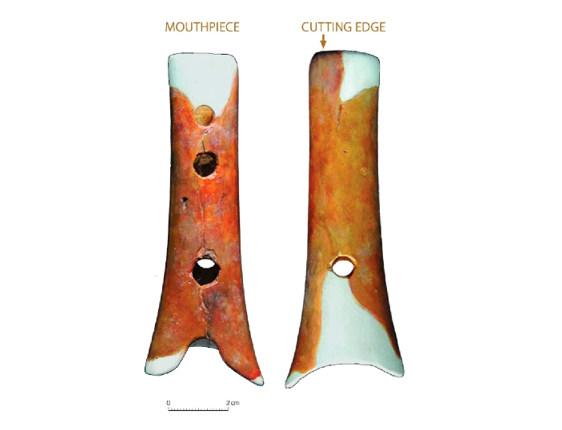
Neanderthal origin?
Neanderthals could imitate carnivores using pointed tools and dynamic force of strikes instead of teeth. Holes can be carved into the diaphysis with irregular and serrated edges, and can also be made with a blunt bone punch. Artificially made holes on the diaphysis resemble those made with teeth, usually near epiphyses. Man could pierce holes along the entire femur diaphysis, regardless of cortical bone thickness. The DB perforated femur is a deliberately crafted musical instrument, with experimental research proving its ideal shape and length for music performance. In 2010, missing parts and partial holes were reconstructed on a left cave bear juvenile femur, with a musical capability of 3 octaves surpassing Aurignacian osseous wind instruments.
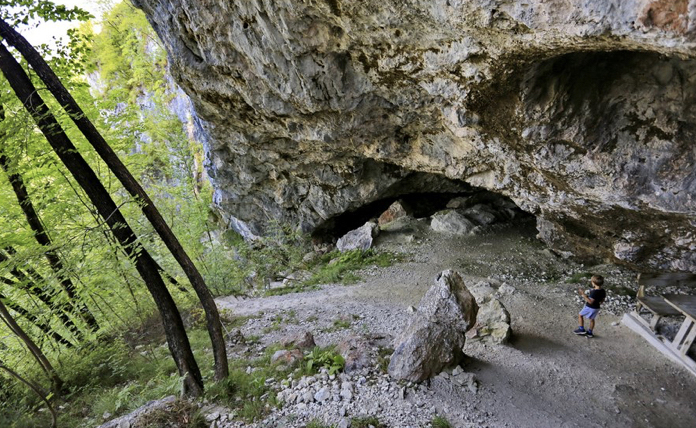
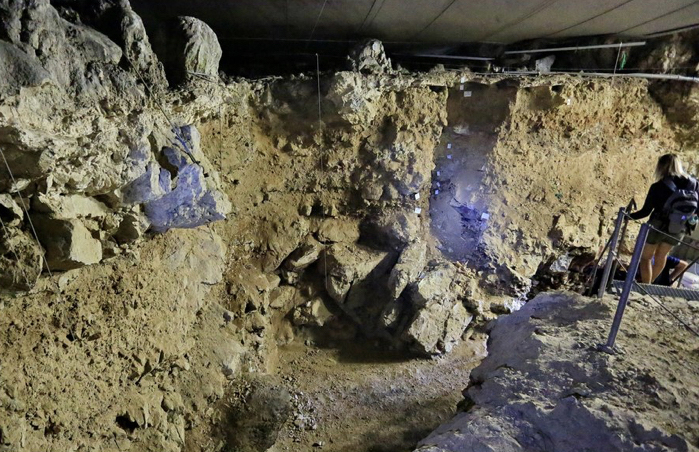
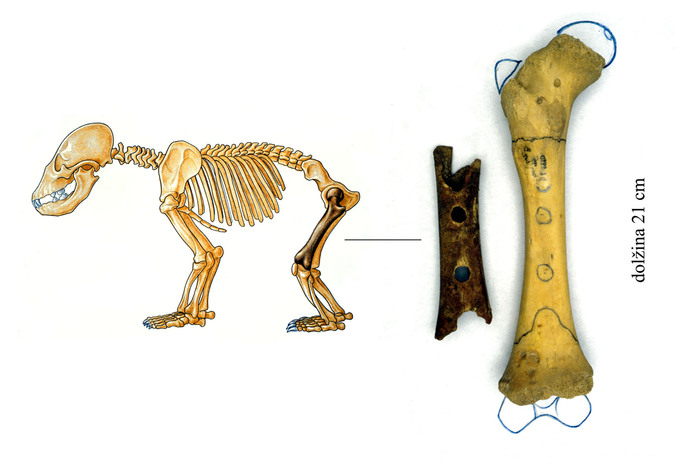
Conclusion
The Divje Babe perforated femur is a deliberately crafted musical instrument, with experimental research proving its ideal shape and length for music performance. The Divje Babe musical instrument's reconstruction is more reliable than Swabian finds due to its morphometric characteristics and greater musical capability. The instrument from Divje babe I, dating back to 50 ka, is the strongest material evidence for Neanderthal musical behavior, supported by Mousterian context and chronology. The find's archaeological context and knowledge allow for its interpretation as a Neanderthal musical instrument.
The news published by rtvSLO did a good job of summarizing the official article. The important details and the whole story is accurate and is not misleading. The official scientific literature has some other discussions that aren't sutible for the wider audience that the news is for. Nothing in the news is lying to the audience, and it's accurate with the official published literature.
More information: